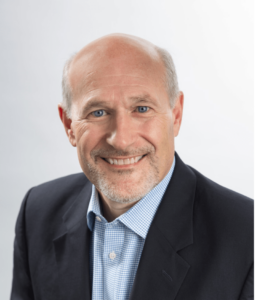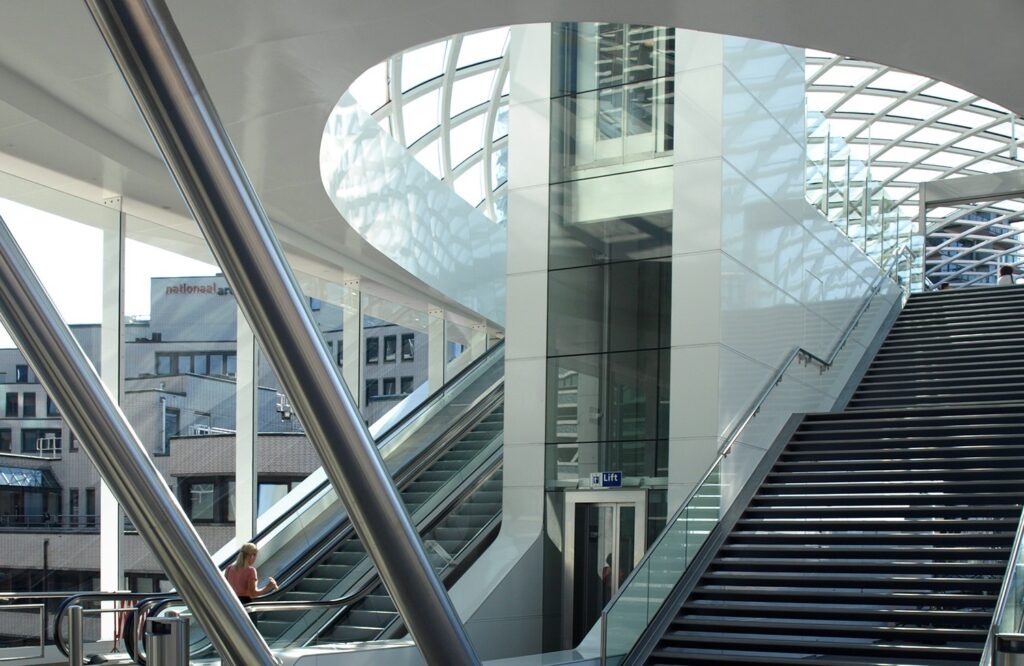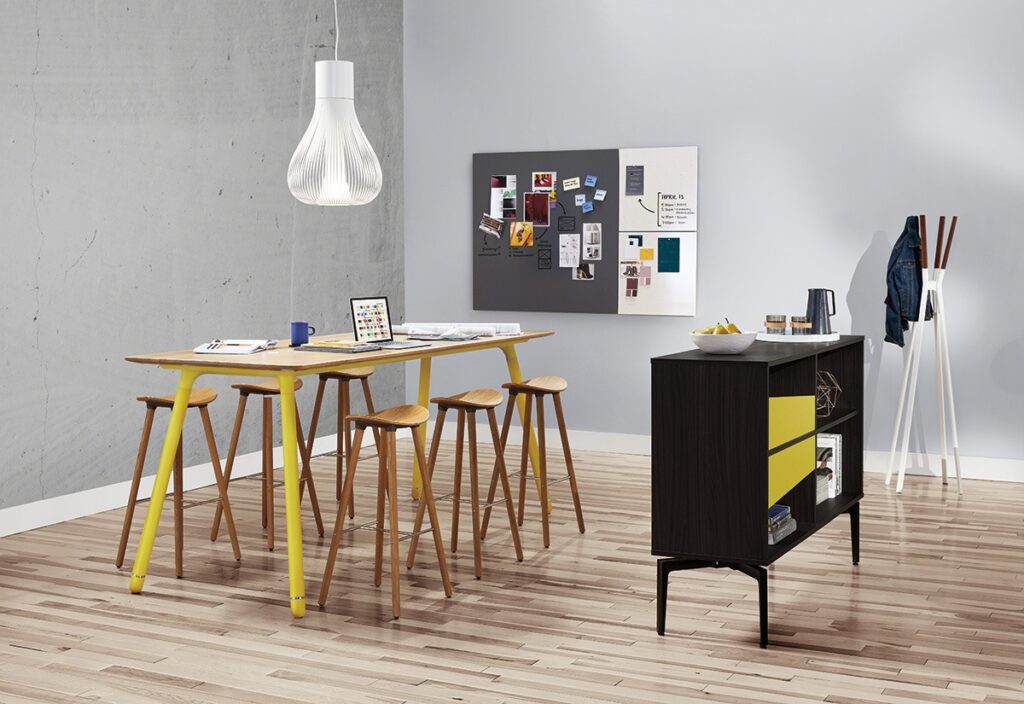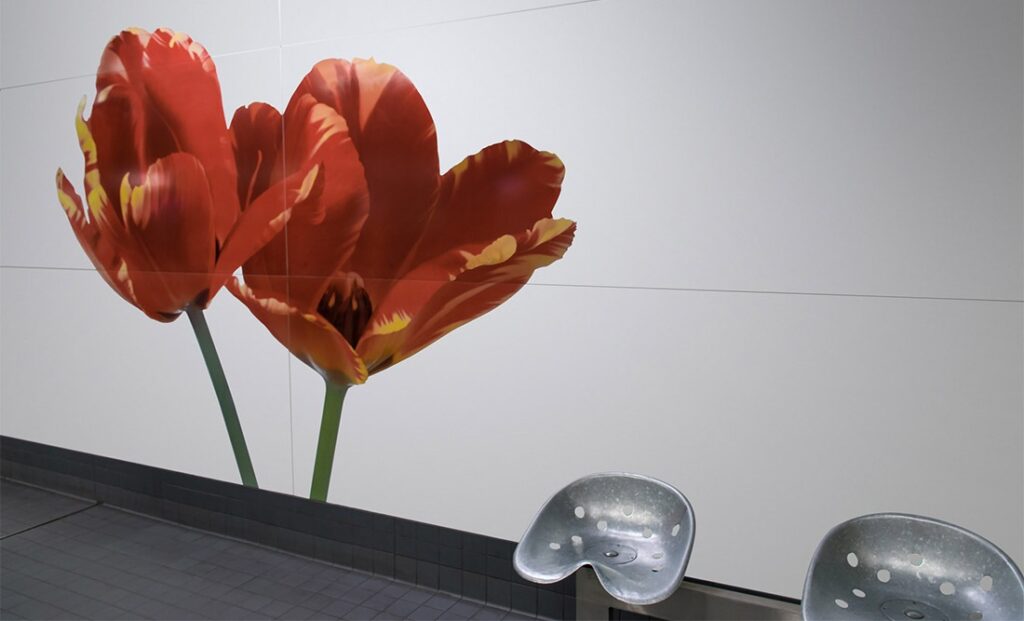A longtime Polyvision employee shares his experience and insights on what made Polyvision the company it is today.
Almost four decades ago, Edward La Selva went to an interview for a sales position in place of his brother — and he’s been building his knowledge of the CeramicSteel business ever since. A hybrid in the industry, La Selva has had numerous roles stretching a range of responsibilities and is now the global manager of architectural product development and custom products for Polyvision. We talked with La Selva about the history of Polyvision, his personal journey with the company and discussed what’s next on the horizon.
PV: What was your dream job as a kid?
ELS: I’ve always dreamt about owning a construction company.
PV: What is your dream job today?
ELS: I would say what I’m doing for Polyvision right now is it. I left the company for a period to pursue other interests and came back. I learned a lot about what a dream job meant to me.
PV: What do you love most about working for Polyvision?
ELS: We have a product with unique features and benefits that few in the world can replicate. The product is rare, and so is working for a company in such a specialized field. But, what I really love is the fact that the people that work here are Polyvision’s most important asset and this mindset is reflected in the culture that Polyvision curates. People come first, always.
PV: So, you got your start in the industry by filling in for your brother at an interview. Tell us a little more about the CeramicSteel companies you worked for and why did Polyvision acquire it?
ELS: AllianceWall was founded in 1963 in Alliance, Ohio by the founding family of The Caloric Stove Company. They manufactured light-gauge CeramicSteel for architectural wall cladding applications. As the business grew, they recognized the unique attributes of the CeramicSteel surface could be applied to other applications, especially as an ideal surface for dry-erase markerboards and even chalkboards. The Ohio facility was eventually closed and moved to Oklahoma, while a second manufacturing facility was opened in Belgium — all with the intent of supplying CeramicSteel world-wide. Polyvision acquired the company in the Fall of 1998 to supply both static and interactive communication and learning tools.
PV: Since that time, Polyvision has developed numerous products and capabilities. What do you think is Polyvision’s greatest milestone throughout the years?
ELS: Easily making CeramicSteel relevant again as a premier and versatile surface. Our product is used globally in a large range of applications, each of them different, and that’s because the product is so versatile. It can be used in airports, schools, subway stations, tunnels, the applications are endless.
PV: Polyvision is a worldwide leader for CeramicSteel. What is your favorite project or place that you’ve traveled to for the company and why?
ELS: I can’t choose just one, there are too many great ones. My top five projects and places are:
- Ted Williams Tunnel: Boston, MA – 750,000 square feet of CeramicSteel. They don’t get any bigger.
- Shriners Hospital: Lexington, KY – Amazing graphics in a hospital that treats children with life-threatening illnesses. The Shriners representatives cried when they got off the elevator and saw the Polyvision CeramicSteel imaged panels depicting the history of the organization.
- Google: Boulder, CO – Sans™ and Flow™ products all over a building whose interior was designed to be progressive and unique.
- American Airlines Training Center: Dallas, TX – Sometimes you have a project where you just don’t know how it’s going to look until it’s finished.
- Arvada Ridge Commuter Rail: Arvada, CO – Amazing graphics in a unique application of CeramicSteel.
PV: With so many different applications, why do you think Polyvision products are the top choice for customers?
ELS: People want products that are aesthetically pleasing and functional. Aesthetics, durability and functionality are combined into one product, which I mentioned before, few in the world can replicate. Also, you’re probably not going to find many Polyvision CeramicSteel products in landfills. If you think about it, there’s no planned obsolescence in a collaborative finish with a lifetime warranty. The finish and products are always designed to stand the test of time.
PV: Product innovations are key to Polyvision’s success, what do you think is the best example of innovation for the company?
ELS: I would say our introduction of digital imagery technology and our suite of collaborative products. Technology has helped us evolve, but when you think about it, we give people a break from technology by allowing individuals the opportunity to interact with their environment. Whether it’s walking through a rail station and pausing to view a beautiful CeramicSteel mural; or having a generative collaboration session using a markerboard to capture ideas and spur the creative process.
PV: What is on the horizon for Polyvision? Where will the company be focusing its efforts in the next several years?
ELS: I think you will see three very important things happening. One, we will continue to raise the awareness of Ceramicsteel by educating the newest generation of architects and designers on its features and benefits. Two, we will continue our mission of introducing new products that are both aesthetically pleasing and highly functional. And three, we will remain relevant by finding new markets, applications and uses for our surface.
PV: To wrap up, tell us about your proudest moment working for Polyvision?
ELS: When we successfully launched our new line of collaborative products. It was the culmination of a lot of hard work, persistence and teamwork by many!
PV: Thank you so much for your time and insight, Ed!
ELS: Thank you!




